Home » Posts tagged '#globalcollaboration'
Tag Archives: #globalcollaboration
Virtual Reality in Classrooms
By Gabby Lembo
What is virtual reality?
“The computer-generated simulation of a three-dimensional image or environment that can be interacted with in a seemingly real or physical way by a person using special electronic equipment, such as a helmet with a screen inside or gloves fitted with sensors.”
What is augmented reality?
“Augmented reality is an interactive experience that enhances the real world with computer-generated perceptual information. Using software, apps, and hardware such as AR glasses, augmented reality overlays digital content onto real-life environments and objects.”
What is the difference between AR and VR?
Where virtual reality and augmented reality differ is how they interact with the users. For example, VR replaces the real world with a “fake” one meanwhile, AR add certain digital features. For VR, it usually includes headphones and specialized device to use while AR can be done on a smartphone.

Virtual Reality in Classrooms:
As technology advances, it is being used more and more in classrooms for a better learning experience for students. Virtual reality has a lot of benefits for learning, like being interactive and engaging activities. Teachers can use virtual reality for virtual field trips, explorations, simulations, online labs, etc. The great part of VR is that students can collaborate and work together, giving students the ability to learn teamwork ,communication skills, and work on hands-on activities.
Global Collaboration
Another great aspect of using VR and AR in classrooms is how easy it is to interact with other students and classrooms worldwide. Here are some of the benefits:
- Virtual meeting spaces
- 3D visualization
- Virtual training
- Network opportunities
- Virtual Labs
- Scenarios
- Bringing communities together
- Virtual demonstrations

Virtual Reality Video:
Check out this quick video further explaining how VR can be used in classrooms!

Accessibility Tools You Can Use in the Classroom!
By Gabby Lembo
Why It’s Important:
Using tools in classrooms that allow all students to learn, no matter their abilities or disabilities is important. This allows all students to be engaged, understand materials, and also participate. Using some simple tools in your classroom can help students get a better understanding and also use these tools in the future. Some students need help in certain places, having these tools like speech- to- text, highlighting, or even listening options can really help students in the classroom! Lets learn more in depth about it and some tools I think you could look into!
Access Ability for Chrome:
This tool allows students to listen or summarize any text on websites. This can be beneficial for students who like to follow along as they read or if they have a hard time reading in general.
This website offers:
- Highlight bar
- Hover text speech
- Being able to change fonts
- Change background color and text
Input Tools for Translation:
This tool allows a translation feature and a writing tab for a variety of languages. Students can choose the language and have the ability to type on the keyboard. There are different menu options for accents. Translation tools for learning are beneficial for language barriers in classrooms or even trying to learn new languages.
Reworditify:
This online software is great for reading, learning, comprehension, and teaching. This tool can be used in various ways like teaching words, better vocabulary, engaging lessons, and improving learning outcomes. This can be both helpful for teachers and students.
Screencastify:
Screencastify is a great tool for making presentations, instructional videos, or explaining. This tool can be used for web cam recording, video editing, and makes your screen into a video. It is most used for tutorials, lessons, and can be uploaded to YouTube or shared with others.
Zoom Text
Zoom Text is an online magnifying tool to help people with bad vision. This tool can be used for text, images, and an easier time with online applications. This tool allows the users to zoom in from 1.2 x to 36 x. It also offers lens views, with just a magnified view of a portion of the screen. It offers color customization’s based on inverted colors and contrast, this can be beneficial for students who have a hard time reading with certain color schemes. Overall, this tool can be helpful for students who have bad vision or a hard time reading with certain colors.
Resoomer:
This is an extension you can download that summarizes lengthy online articles in 500 words. The summary concludes the main points of the argument and important facts. This can help students get the main objective, key ideas, and concepts without the unnecessary parts. This can be beneficial for students doing a presentation, essay, or even studying.
Move It:
This extension helps students incorporate breaks while being online. It is very easy to spend a lot of time on the internet mindlessly scrolling or working on assignments. It is easy to get burnt out or lose track of time. This tool allows a “brain break” to pop up on your screen when downloaded. Students can set the notification interval, this allows them to decide when they want the activity to pop up. This is a really unique tool and I can see how this can be helpful for students!
Conclusion:
Overall, these are only 7 different web tools I discovered and there’s tons more out there! These tools can be beneficial for everyone, or even students who need a little more support in certain areas. It is important to include these tools so every student can learn no matter what. Try checking some of these out and see if you would use them in your classroom or even everyday life!
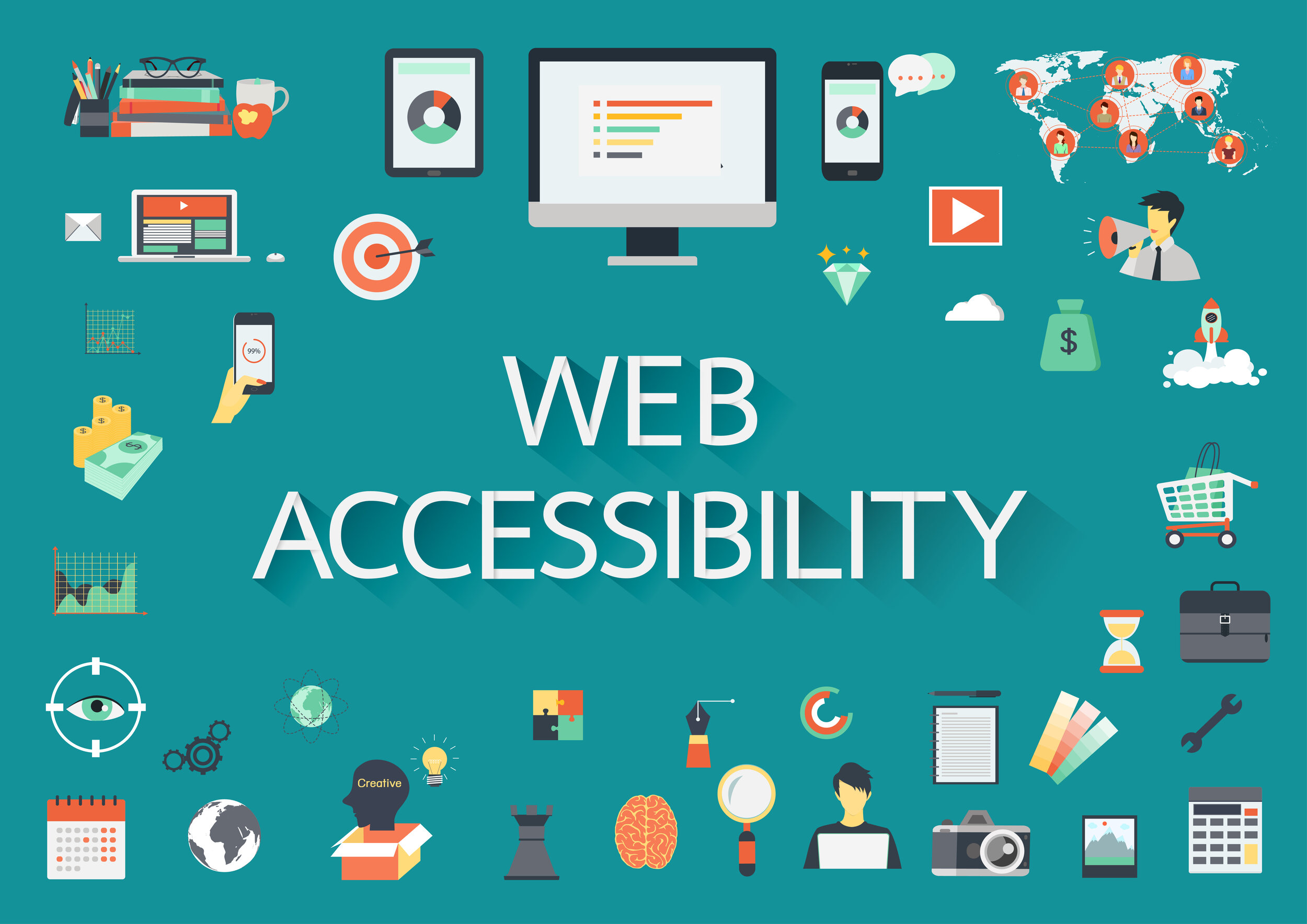

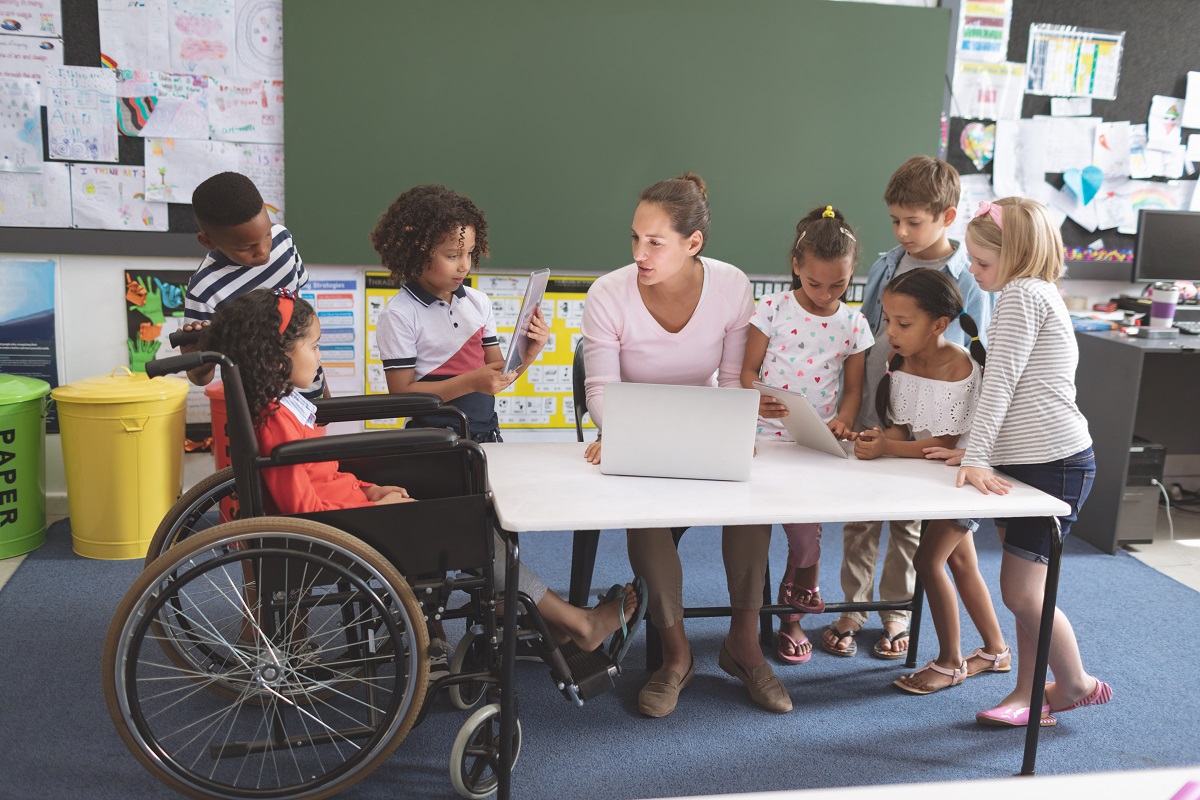
Hyper Docs and How to Use Them in Classrooms!
Definition:
” A HyperDoc is a digital document that serves as a lesson plan for students to follow at their own pace. Hyper Docs are designed to engage students, inspire learning, and strengthen communication, collaboration, critical thinking, and creativity skills.”
Why are they beneficial?
Hyper docs are be beneficial in Classrooms in a bunch of different ways. Hyper docs can be independent work or working along with classmates. The opportunities are endless, and teachers can be very creative with them.
Below are some reasons why you might want to try hyper docs:
- Self paced
- Engaging students with pictures, videos, and links to other websites
- Good for students with different learning needs
- Easy to organize and navigate
- Helps students learn digital tools/skills
- Very versatile and creative
Video about Hyperdocs:
Still confused? Watch this YouTube video that further explains what a hyper docs is and with a example given.
What can you do with them?
Teachers can be very creative when making hyper docs. Here are some examples I found to give you a idea. Teachers can use different templates, pictures, fonts, images, and more to engage students.

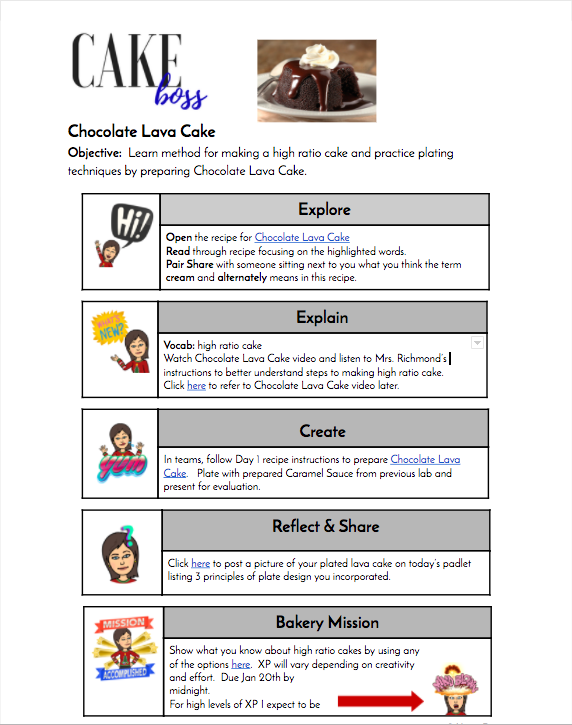
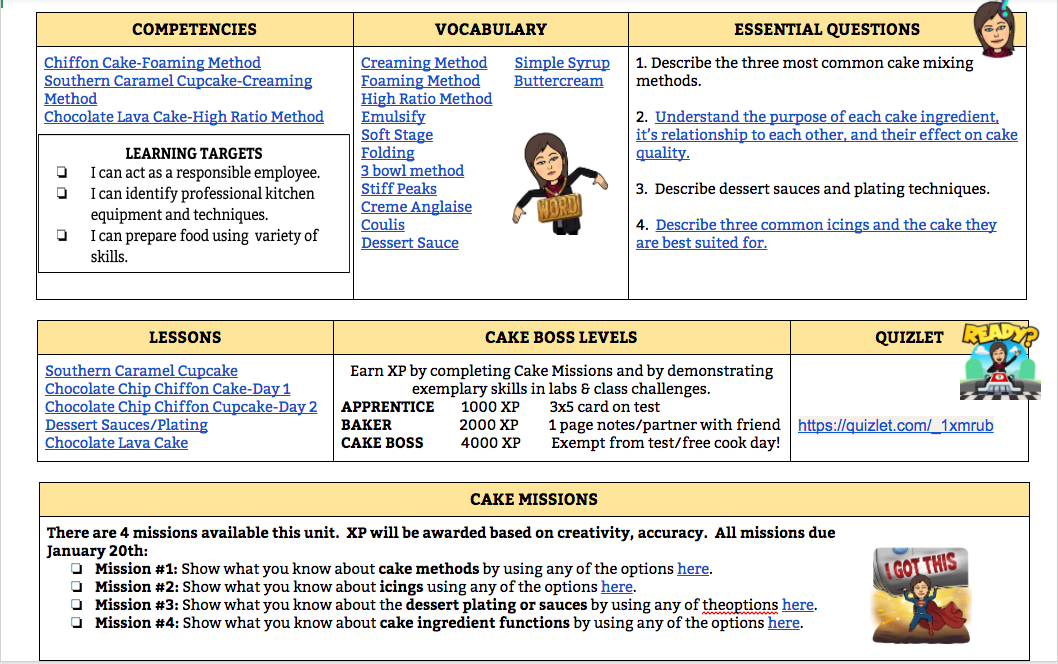

My Thoughts and Opinion:
Overall, learning more about hyper docs was interesting to see how much you really can do with them! As a student I have seen some of my teachers use hyper docs with lessons, projects, and other assignments. I have always enjoyed them as they were clear with instruction and also let me work at my own pace. I have done a bunch of research assignments using hyper docs, it is a great way to direct students to other websites. Not only can students benefit from using web tools, following instruction, and all while staying engaged. As technology progresses, teachers need to use it to their advantage as students learn how to as well! Hyper docs are both useful for teachers and students!
Lets Collaborate and Communicate!
By Gabriella Lembo
Background Information:
After reading the Communicators chapter in the book “Introduction to Sail the 7 C’s” by Microsoft Education, it allows you to deeper think about you collaborate and communicate with others in work, classrooms, and everyday life.
Communicating in the classroom:
Teaching isn’t just about lecturing slideshows, but building a strong connection with your students should be the bare minimum especially in small class sizes. I have had teachers where I was so close with that I would sit in their classroom outside of my class talking to them. This is because they made the effort to connect and build a relationship with their students.I would go to some teachers to rant, update, or even for advice. Teachers shouldn’t just be about teaching but also taking on the role of being a trusted and friendly adult. We have all had teachers we have disliked, whether it be because of the workload, their personality, or how they graded. Having a relationship like this and dreading the class can make you dislike the class or topic you’re learning. For example, math has always been my worst subject. It takes me awhile to catch on and also be able to understand it. I have had plenty of teachers throughout middle school and high school where the way they taught never made me understand what we were learning. It made me hate math even more that I felt uncomfortable reaching out to them to ask for help or that I was struggling. I have also had good math teachers where they taught to my needs and also made it clear they were here for me and anyone else. Communicating to your students clear instruction and also making an effort for them can be extremely beneficial in their learning experience. This chapter empathizes that communication is the backbone in education.
Communicating with your classmates:
Communicating with your classmates is a really big part of going to school. School has made me have a lot of the people I call my best friends. It all started in classes we had together where we began talking about the work and realizing we had a lot in common. One of my best friends, Alivia, I met junior year of high school because we had 3 classes together is now one of my college room mates. Communicating with your peers can simply just collaborate ideas, opinions, and working together on classwork and projects. I like working together with others because it allows me to see other perspectives and ideas that I would not have thought of myself. It also helps with the workload, you can evenly distribute the work and work on the areas you excel the best at.

” The art of communication is the language of leadership.” – James Humes
Videos:
Check these videos I found about communicating in classrooms and also miscommunication
How to use communication in classroom: https://www.youtube.com/watch?v=hzWyjlg4kNs
How miscommunication happens and how to avoid it: https://www.youtube.com/watch?v=gCfzeONu3Mo
National Geographic Classroom and How to Use it!
By Gabriella Lembo
What is National Geographic?
National Geographic is a company that is on many streaming services and cable for you to watch. Not only are there videos beautifully captured with high tech camera, editing, and voice overs to learn more about the environment that we can’t see! It shows in depth footage of animals that are “dangerous” for humans to get a better understanding of like lions, cheetahs, polar bears, etc. National geographic provides not only videos but also articles and factual evidence to prove issues like climate change and other environmental issues.
Benefits of National Geographic:
- Learning deeper into planets biodiversity
- Practicing conservation
- Challenges the environment faces
- Motivating clips
- Taking action
- Learning more about different parts of the world
- Documentaries
- Diverse cultures
- Scientific discoveries
- Complex topics
How teachers can use National Geographic:
National geographic is great for informing people inside and out side the classroom. Because the documentaries are so interesting it doesn’t feel like learning! This program offers a lot of interactive learning and critical thinking. Teachers can base a lesson plan on National Geographic during units like the planet, climate, animals, and environmental issues.
What it offers:
The website holds tons of informative features to further expand your knowledge.It offers donations, links, websites, and other people who are interested in changing the world. The website has a whole area where you can meet and know more about the people who do the exploring. They have a section on their website, ” Experiential Learning”, where they have virtual field trips, and interactive lives. This includes behind the scenes footage and stories and also stories from researchers.
There is tons of lengthy videos and information for free!
The virtual tours are all over the world. They have tours of the ocean, solar system, Native Americans, and history.
The lives provide a option for students to ask questions in real time and have the opportunity to talk to the researchers. This is a unique and creative learning experience!
Below are some images I have collected to show more about National Geographic:
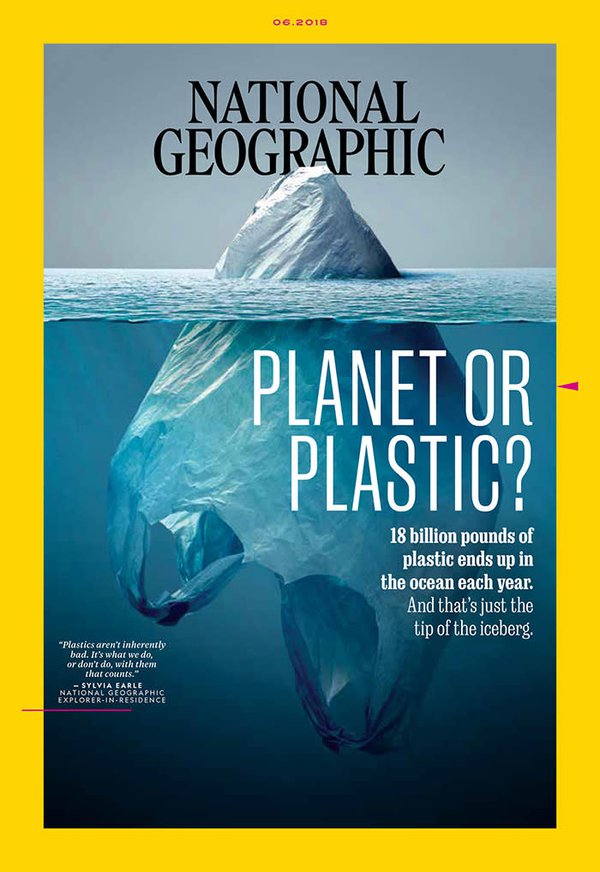


Overall thoughts:
After researching and exploring National Geographic website further I can see how effective their website can be for learners. They are very well known for their documentaries and photos but I don’t think people realize how many resources they provide on their website. They provide endless websites, lives, and videos. I can see this being beneficial for people who have interest in the environment or being used in science classes. It is a interesting and a easy way to learn! Watching videos is something I enjoy more than reading out of a textbook. I am sharing this so others can know more about the resources National Geographic has to offer. Get more involved and learn more about our planet!
Global Technology
Today we were asked to research virtual reality in classrooms. I chose YouTube 360 because with this you can visit any place in the world without the limitation of not being able to look around you. You can visit other countries, space, the ocean, wildlife, etc. It makes it much easier to demonstrate certain places to your students and engages them more because they feel like they are actually in this other place. You can even make your own videos (or find videos) to share with other educators that may work in places where they can’t visit other places. Most schools cannot afford to visit a new place for every lesson plan, but with YouTube 360 they don’t need to. You can visit any place in the world from the comfort of your own classroom, and even visit the same places as other educators. This helps with collaboration because more educators will have access to the same resources, helping them come together to create intricate lesson plans. I am a strong believer that the more people work on a project, the better the quality of it is because you have so many backgrounds and knowledgeable people working together towards a common goal, to better education for students everywhere. Bigger and reputable organizations such as National Geographic create YouTube 360 videos of places that teachers would not have access to otherwise such as Viking battles, the ocean, space, wildlife, Antarctica, etc.
This is one of many videos that explore different parts and eras of the world. There are many creators that have made playlists with a variety of YouTube 360 videos for others to use and even share with others, the video above is 1/68 YouTube 360 videos. You can even combine this technological tool with other tools to create lesson plans and share with others. Some educators use GPT API to have it create some lesson and edit it to better fit your classroom, and even share with others. Here is an example of a teacher who created a lesson plan with AI and shared it on X for other educators.
The use of AI in classrooms has drastically changed how teachers can present information to their students and format lesson plans, and social media platforms have changed how much access educators have to new ideas and tools. It is important to research what AI you want to use with your students so you can use it to its fullest potential, as well as share with others who could better the work you have already started. AI and VR can make learning better, and it is important that we, as educators, know how to properly use these tools to give our children (and children in other parts of the world) the best education possible.
How Are Veative and Education Connected?

Virtual reality (VR) and augmented reality (AR) have become very popular, especially regarding the terms of being in a classroom. Take the platform Veative, for example. It creates immersive and interactive experiences, making learning more engaging and memorable. Adopting VR and AR in classrooms reflects a desire to enhance the learning experience, catering to diverse learning styles and preparing students for the challenges and opportunities of a technology-driven world.
What is Veative?
Veative is an exciting tool for education! It is an immersive learning app that uses VR and AR to create engaging educational experiences for grades K-12 and higher education. In the classroom, it can bring subjects to life by providing students with interactive 3D models, simulations, and virtual experiments. This hands-on approach can make complex concepts more understandable and memorable.
How Is It Used In A Classroom?
Veative allows users to browse numerous modules and courses from science, history, or geography! Students can explore virtual labs, conduct experiments, and visualize complex concepts. In addition, you can take virtual field trips to historical sites or explore different cultures. The immersive nature of Veative can enhance the overall learning experience and cater to various learning styles.
The platform also provides teachers with analytics and assessments to track students’ progress, making identifying areas needing more attention easier. It is a tool that aligns well with the shift towards more interactive and technology-enhanced learning in the modern classroom.
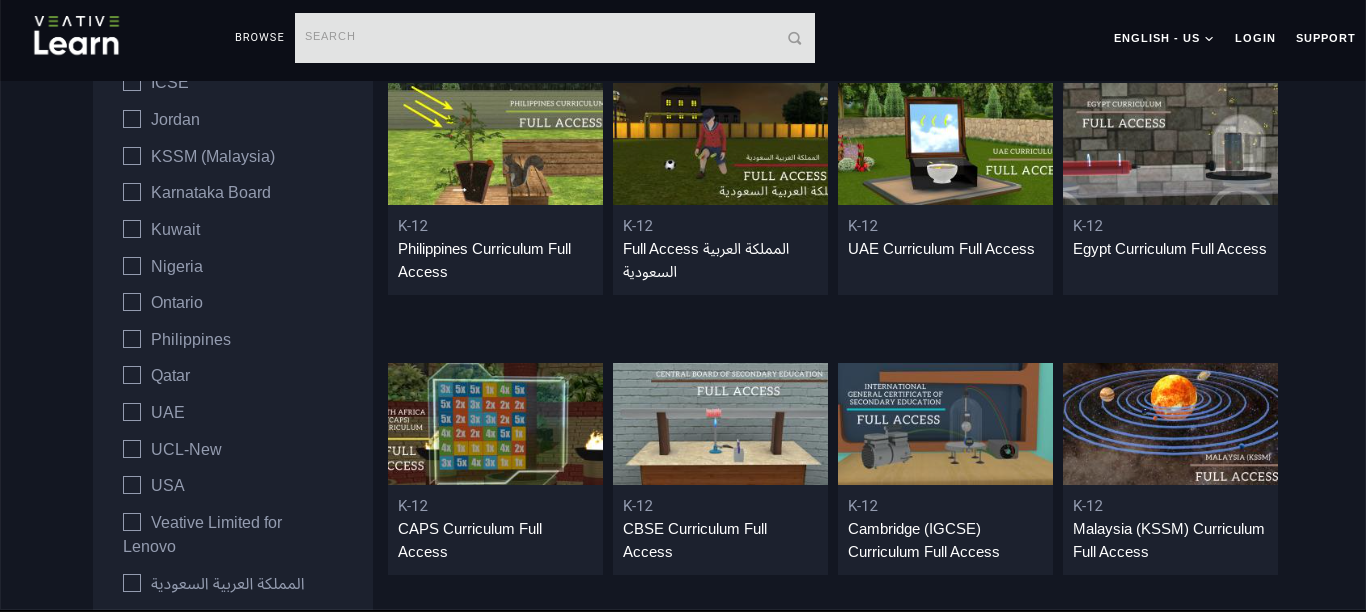
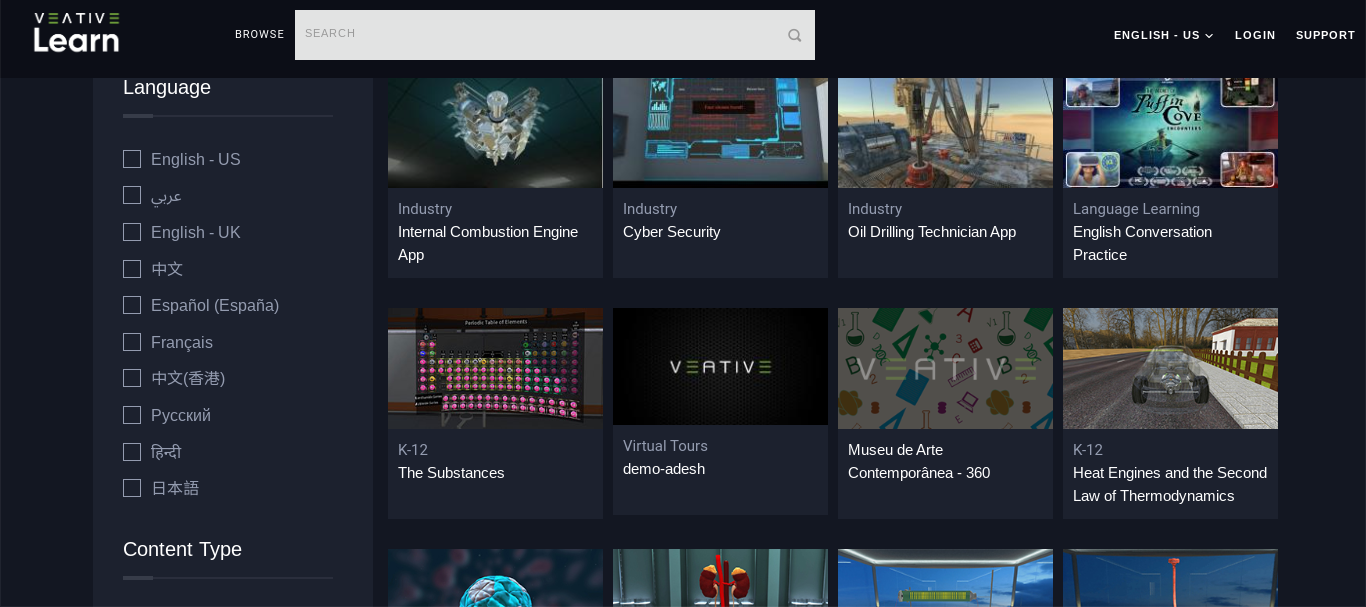
360 Videos
Who doesn’t love watching 360 videos? Watching these videos lets you imagine you are in a specific place and exploring independently. Veative has numerous 360 videos that students can watch. The videos on the website are not part of the Veative offering but are available on YouTube for free. You can pick from different subjects on what type of video you want to watch.
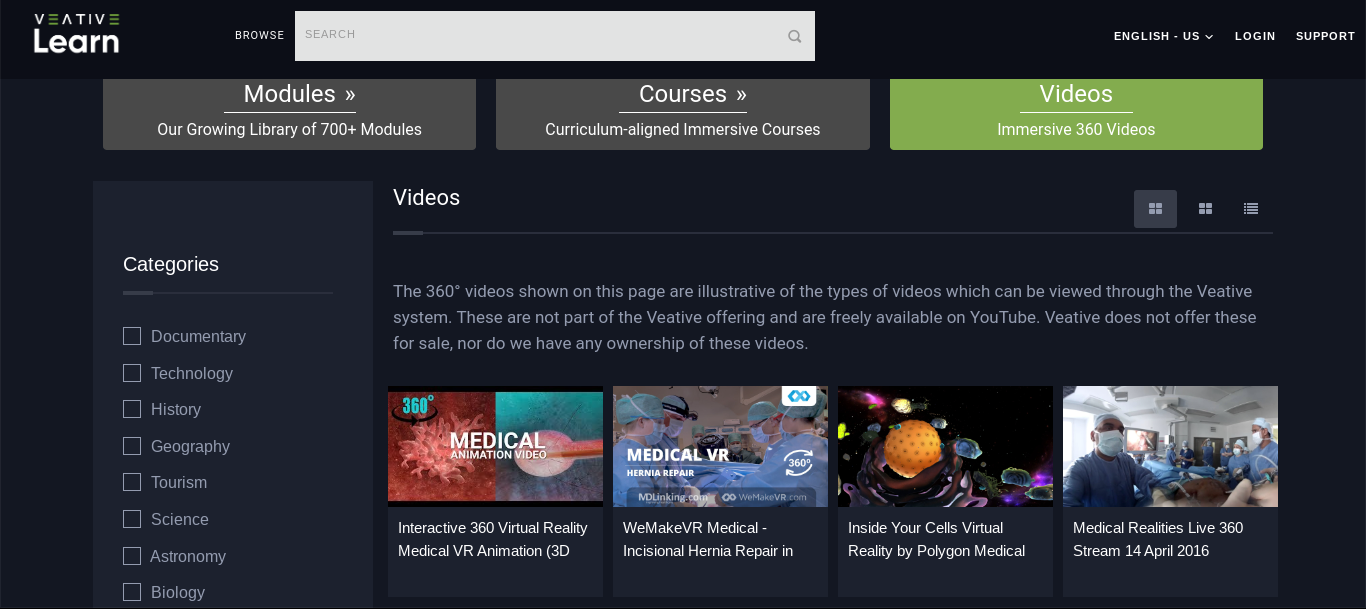
Global Collaboration in Education
Veative can contribute to global collaboration in education through various features and capabilities to connect students and educators meaningfully. Through its immersive VR experiences, Veative fosters a shared environment where learners worldwide can engage in collaborative projects, virtual field trips, and cross-cultural exchanges. The platform’s ability to create shared virtual spaces enables the following:
- Real-time interactions
- Discussions
- Teamwork
- Breaking down barriers
- Nurturing a sense of global community
Furthermore, Veative provides a dynamic platform that not only enriches the learning experience but also prepares students for a globally interconnected future by promoting cultural understanding, language skills, and collaborative problem-solving on a global scale.

Conclusion
In conclusion, Veative emerges as an innovative educational force, blending technology and global collaboration to reshape the learning landscape. Its immersive capabilities rise above traditional boundaries, allowing students to engage in shared experiences, collaborate worldwide, and gain insights that extend far beyond what goes on in the classroom. As education continues to evolve, Veative stands are at the forefront, not just as a tool for learning but as a gateway to a more interconnected and collaborative future for students worldwide.
Make sure to follow my Twitter (X) account: @taliana_ayala
Virtual Reality Could be the Future of Education

Virtual Reality is quickly evolving and becoming a second world through our eyes. To be able to see different worlds and experience things through a headset can mean students can be exposed to more educational resources. Students can learn about other countries, anatomy, the ocean, and much more with one simple tool.
Students can take a quick trip to France in 40 minutes within their class period with a VR headset. VR allows the users to see different things easily, and very realistically. Virtual Reality can bring more engagement into the classroom as well because not only is it informational, but it is a fun experience for students. It can give the students something to look forward to in school. Virtual Reality allows students to see things in different dimensions, different countries, space… mostly anything you can think of. VR headsets can be very beneficial in the classroom.
In terms of Global Collaboration, students will easily be able to see into a different country and interactively see it themselves. Using Virtual Reality to teach students about other countries can be more impactful because the students will be able to see the world in their own eyes without actually being there, and it is very different than just looking at a photo. It gives the students more interest in wanting to see more of the world and learn about what is going on in different places.
Virtual Reality can be a great resource in the classroom for many different reasons. Schools should look more into these devices because the benefits and convenience of using them are unbeatable for what these simple devices can do!
Thank you for reading!
Embracing the Future: Virtual Reality in Classrooms and the Gateway to Global Collaboration
In the rapidly evolving landscape of education, the integration of virtual reality (VR) into classrooms has emerged as a groundbreaking development. This technology transcends traditional learning methods, offering immersive and interactive experiences that significantly enhance educational outcomes. But perhaps the most exciting aspect of VR in education is its potential to foster global collaboration, paving the way for a more interconnected and understanding world.
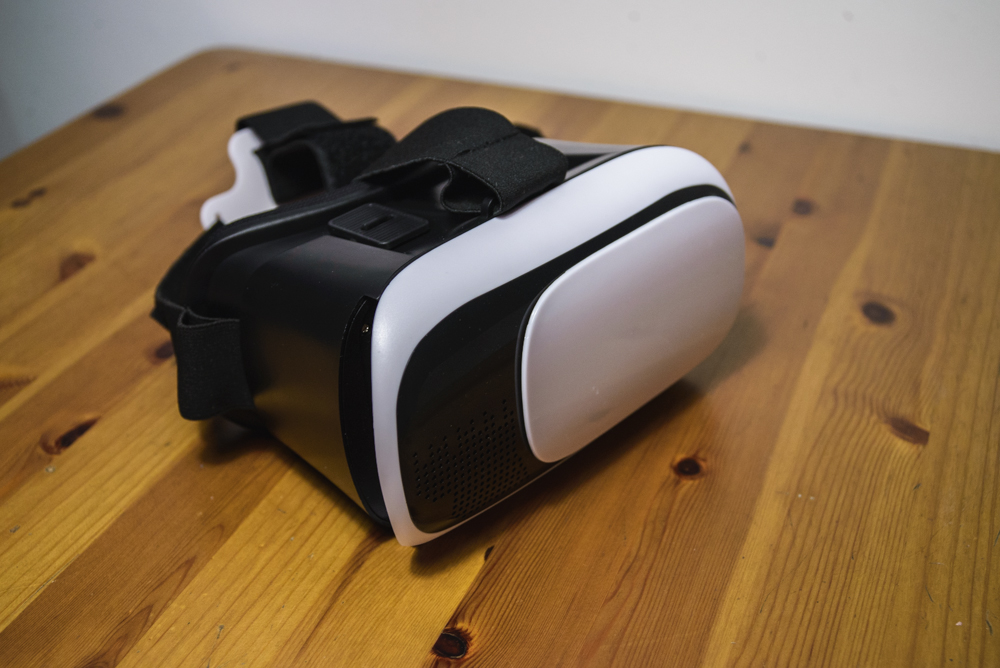
Virtual reality has revolutionized the way students learn and interact with educational content. By creating a three-dimensional, interactive environment, VR allows students to explore concepts and scenarios that would otherwise be inaccessible. This immersive experience leads to better engagement, improved retention of information, and an overall more enjoyable learning process.
Imagine a history class where students can virtually walk through ancient civilizations, or a biology lesson where they can explore the human body from the inside. VR makes these scenarios possible, transforming abstract concepts into tangible experiences.
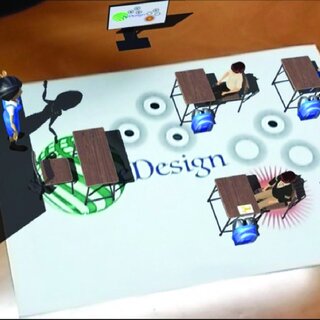
The true potential of VR in the classroom, however, lies in its ability to connect students across the globe. Here’s how VR contributes to successful global collaboration:
- Breaking Down Geographical Barriers: VR allows students from different parts of the world to interact in a shared virtual space. This technology eliminates the physical and logistical constraints of traditional international exchanges.
- Cultural Exchange and Understanding: Through collaborative VR projects, students can experience and understand diverse cultures more intimately. This fosters empathy and respect, essential components for successful global collaboration.
- Language Learning and Practice: VR provides an immersive environment for language learning, where students can practice with native speakers in real-life scenarios, without ever leaving their classroom.
- Global Problem Solving: By collaborating in virtual environments, students can work together on global issues like climate change or sustainable development, promoting a sense of global citizenship and responsibility.

Numerous schools and institutions have already begun to harness the power of VR for global collaboration. For instance, a project connecting students in the United States with their counterparts in Syria used VR to share experiences and perspectives, breaking down misconceptions and building bridges between diverse communities.
Another example is a global environmental science program, where students from various countries collaborate in a VR space to understand and address environmental challenges. These real-world applications highlight the immense potential of VR in fostering global understanding and cooperation.
The use of virtual reality in classrooms is not just about technological advancement; it’s about shaping a new generation of globally-minded individuals. As VR becomes more accessible and its applications in education more widespread, we can look forward to a future where students are not only well-educated but also more empathetic and connected to their global peers. The possibilities for collaboration and mutual understanding are limitless, and it’s up to us to harness this potential to its fullest.
As we stand on the brink of this new educational era, it’s essential for educators, policymakers, and technology developers to work together to ensure that VR technology is used to its maximum potential in classrooms around the world. The future is here, and it’s virtual. Let’s embrace it to create a more connected, collaborative, and understanding world.
Reference:
- Grammar Check and re-correction : ChatGPT v3.5 & Grammarly, 12/10/2023.
Nearpod – The Future of Technology in the Classroom?

Nearpod is one of the leading websites in creating interactive classroom experiences. The website has a wide library of over 22,000 pre-made videos, lessons, and activities from numerous educational publishers. Nearpod also lets teachers create their own lessons, with the ability to upload videos, PDFs, and slideshows to implement into virtual or augmented reality. These lessons are customizable, with over twenty different formats for assessments and media experiences.
Nearpod’s wide array of lessons, and ability to create one’s own lessons, allows for a near endless pool of opportunities for global collaboration and exploration. For example, in this featured lesson plan students are able to take a virtual reality trip to Hong Kong to explore the celebration of Lunar New Year and the traditions behind it, which also features an extensive lesson on the holiday as well as its impacts on culture in the United States. Thus, through lessons like these, students are able to immerse themselves into cultures and regions all across the world, and thus increase global collaboration through mutual understanding and learning about, and through, each other.
Overall, nearpod’s structure is very conducive to enhanced, or even transformative student learning, and allows for increased immersion into other cultures and places across the world, all without having to leave the classroom. The potential impacts a program like this may be the future of increasing global collaboration and learning in the classroom, even from an early age.
Resources:
https://nearpod.com/how-nearpod-works
https://nearpod.com/nearpod-library
https://nearpod.com/t/social-studies/3rd/an-introduction-to-lunar-new-year-35-L109601499